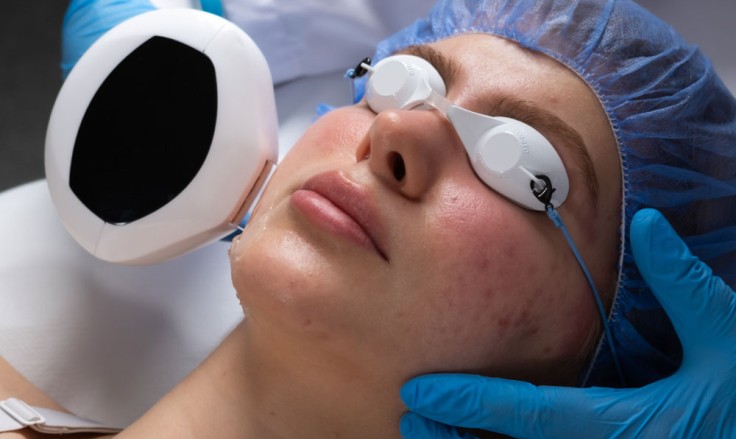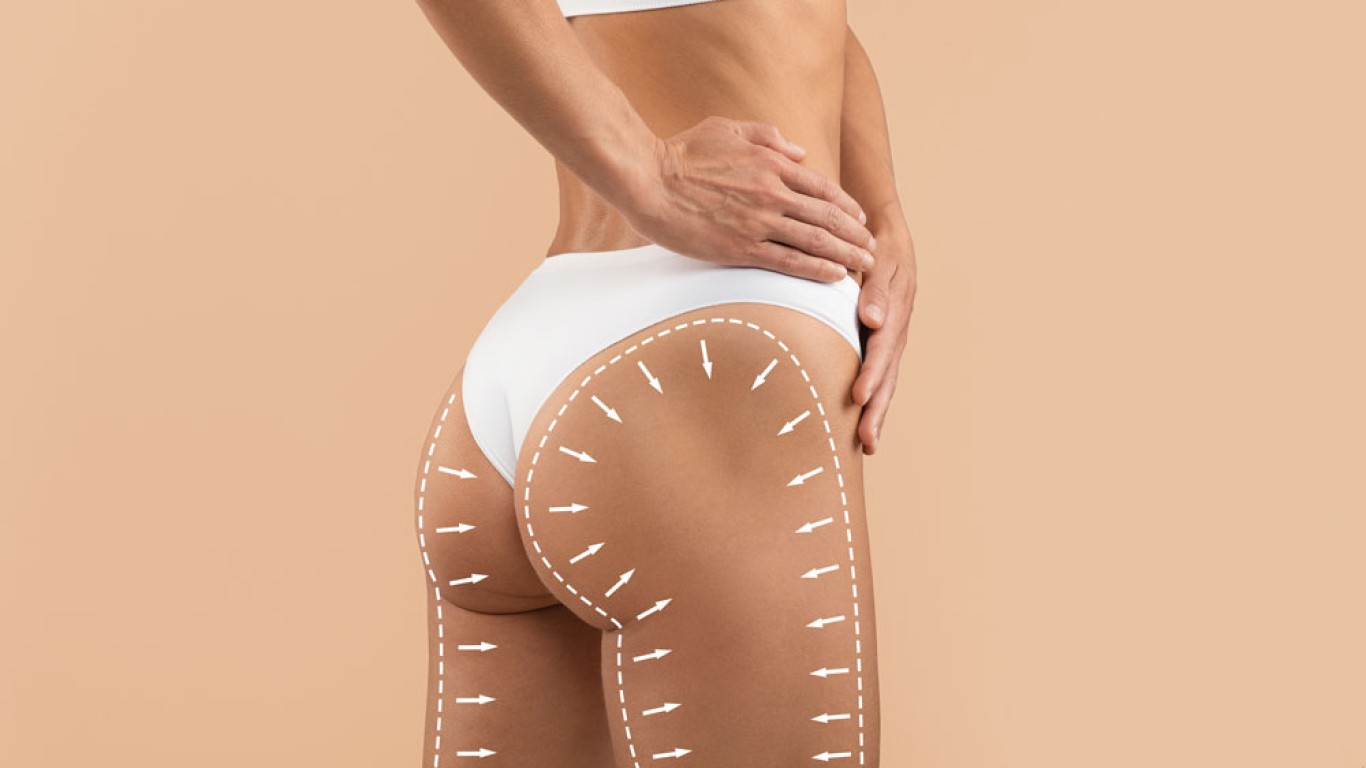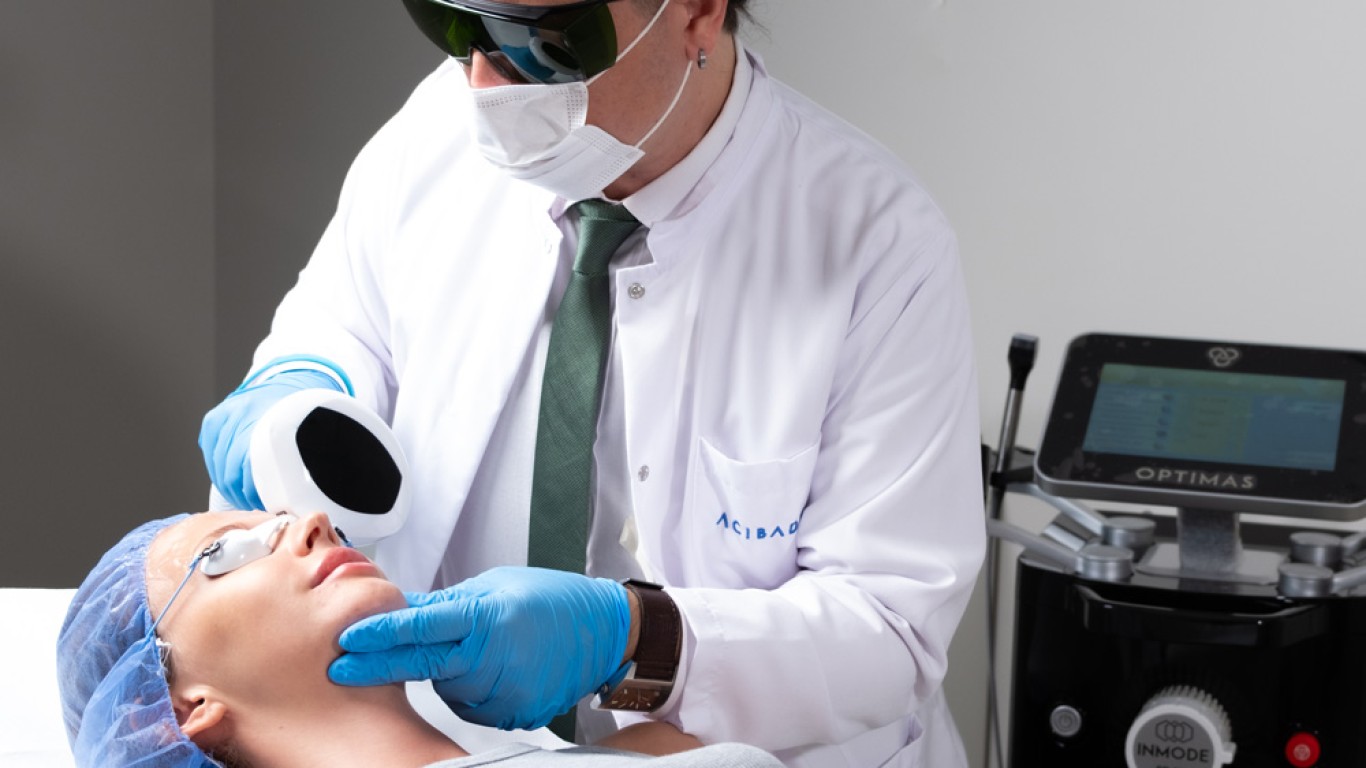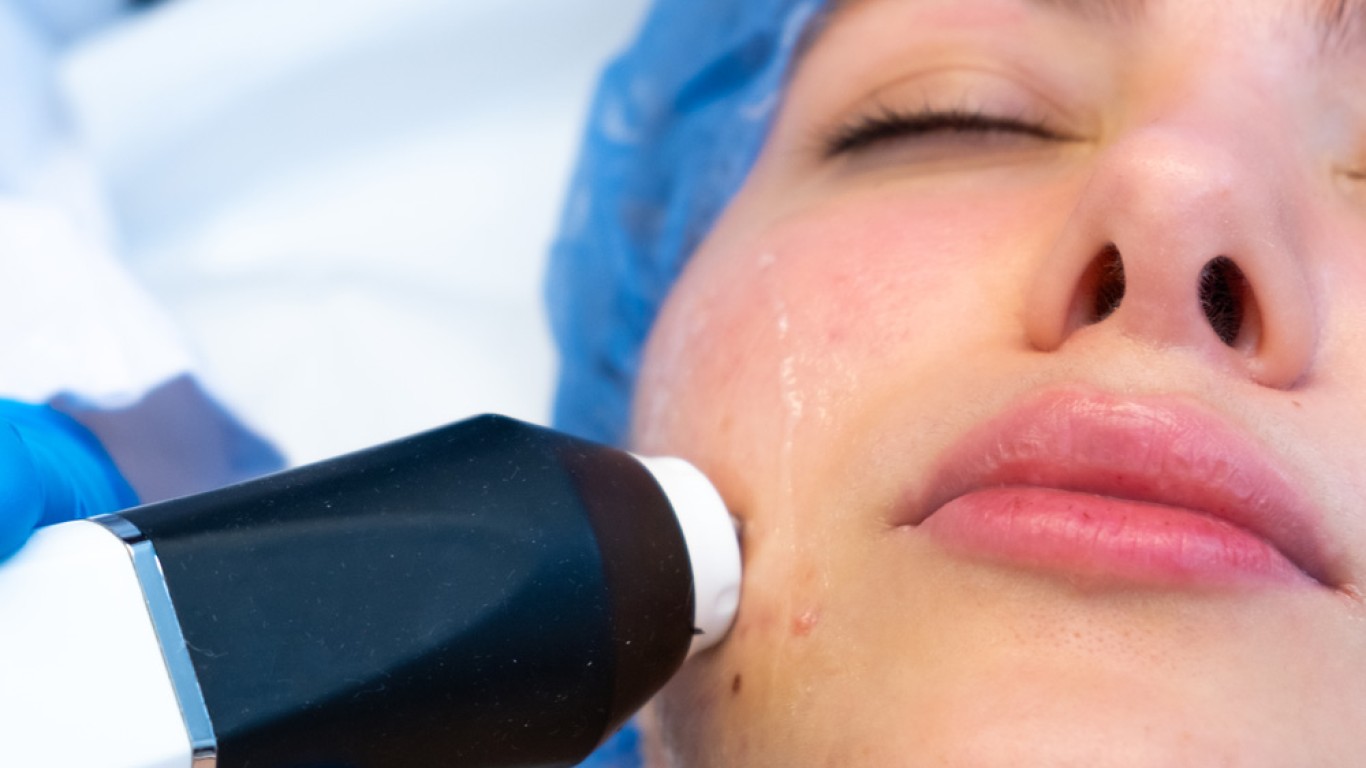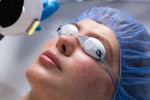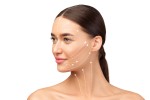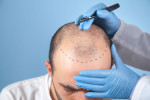Introduction
Hyperpigmentation is one of the most common skin concerns affecting people of all ages. It appears as dark spots, uneven tone, or discolouration caused by excess melanin production.
While it can feel stubborn, modern treatments and consistent care can restore brightness and clarity.
This article explains the causes of hyperpigmentation. It highlights proven methods to reduce and prevent it for healthier, more even-looking skin.
Understanding Hyperpigmentation
Hyperpigmentation develops when the skin produces too much melanin. This is the natural pigment responsible for skin colour.
This process can be triggered by sunlight, hormonal changes, inflammation, or ageing.
It often appears as brown patches, freckles, or darker spots. These can vary in size and intensity.
Although harmless, hyperpigmentation can affect confidence. It therefore often motivates patients to seek professional treatment.
Common Causes of Hyperpigmentation
Several key factors contribute to uneven skin tone:
- Sun exposure: UV light stimulates melanin production, leading to sunspots and freckles.
- Hormonal changes: Pregnancy or contraceptives can cause melasma, a deeper form of pigmentation.
- Post-inflammatory response: Acne, eczema, or irritation can leave behind darker marks.
- Ageing: Over time, cumulative sun exposure leads to age spots or liver spots.
Understanding the cause helps determine the best approach for fading hyperpigmentation effectively.
Daily Habits That Prevent Hyperpigmentation
Prevention begins with protecting the skin from damage. A consistent routine makes a major difference over time.
- Use sunscreen daily: Broad-spectrum SPF prevents new pigmentation and supports existing treatment results.
- Avoid picking blemishes: This reduces inflammation and post-spot discolouration.
- Stay hydrated: Balanced moisture helps maintain an even skin barrier.
- Follow a gentle skincare routine: Avoid harsh exfoliants that can irritate or worsen pigmentation.
Combining protection and patience helps prevent recurrence and keeps complexion balanced.
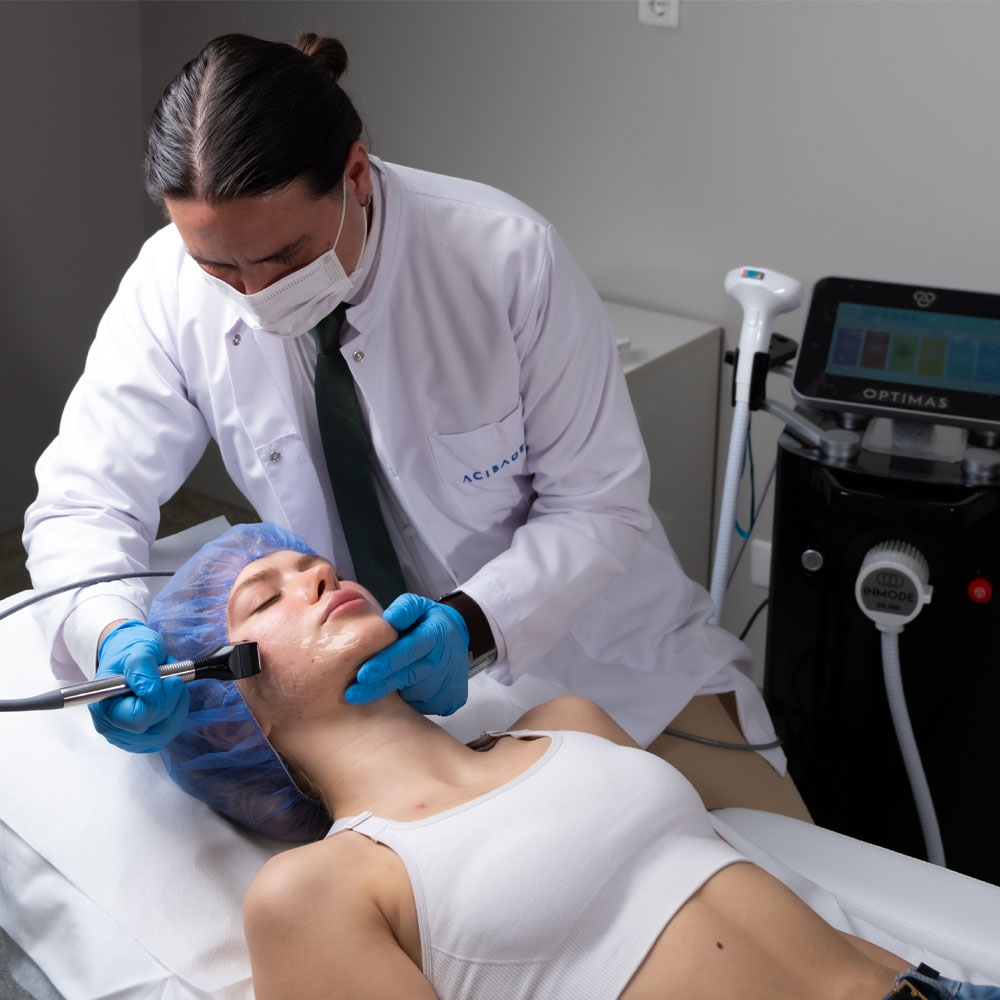
Topical Treatments for Hyperpigmentation
Topical products form the foundation for treating hyperpigmentation. Key ingredients include:
- Vitamin C: Brightens dull skin and reduces oxidative stress.
- Niacinamide: Strengthens the skin and reduces visible dark spots.
- Retinoids: Encourage cell turnover, helping to fade discolouration faster.
- Azelaic acid: Calms redness while targeting uneven pigmentation.
When used correctly, these ingredients gradually fade existing marks. They prevent new ones from forming.
Chemical Peels for Even Skin Tone for Hyperpigmentation
Chemical peels remain one of the most trusted clinical options for hyperpigmentation.
They work by exfoliating the top layer of skin. This removes surface pigment and stimulates regeneration.
Mild peels like glycolic or lactic acid are ideal for superficial pigmentation. Medium peels penetrate deeper layers.
Regular sessions improve texture, radiance, and overall evenness. Especially when combined with proper aftercare and SPF protection.
Laser Therapy for Stubborn Hyperpigmentation
For deeper or long-standing pigmentation, laser therapy provides powerful correction.
Lasers target melanin deposits with concentrated light energy, breaking them down into smaller fragments.
The body’s natural processes then clear away these particles over time.
Fractional and Q-switched lasers are the most common options. These are effective in treating stubborn hyperpigmentation safely and effectively.
Results typically appear gradually, revealing a clearer and smoother complexion.
Microneedling and PRP for Skin Regeneration
Microneedling stimulates natural healing by creating controlled micro-injuries in the skin.
Microneedling can be paired with platelet-rich plasma (PRP) or brightening serums. This encourages faster renewal and deeper pigment fading.
These treatments improve overall tone and texture. This makes them a popular choice for mild to moderate hyperpigmentation.
Regular sessions enhance results and promote long-term radiance.
Hyperpigmentation Mesotherapy for Brightness and Balance
Mesotherapy involves microinjections of vitamins, antioxidants, and brightening agents directly into the skin.
This method hydrates, nourishes, and corrects uneven pigmentation at the same time.
Because it works beneath the surface, results develop gradually but look natural and luminous.
Many patients choose mesotherapy to complement other treatments such as peels or lasers. Overall, this creates comprehensive rejuvenation.
Conclusion
Hyperpigmentation may take time to fade, but effective treatment options exist for every skin type.
Patients can combine topical care, professional therapies, and healthy habits. In turn, this will achieve more even skin.
With patience and expert support, long-lasting results can be maintained.
For more information and to book a consultation visit the ACIBADEM Beauty Center Skin Treatments webpage.
Frequently Asked Questions
It’s caused by excess melanin triggered by sunlight, hormones, or inflammation.
Mild cases can fade over time, but treatments speed up the process significantly.
Laser therapy, peels, and brightening serums often deliver the best results.
Yes, without sunscreen and consistent skincare, pigmentation can reappear.
Professional assessment ensures safety, tailored care, and faster visible results.
